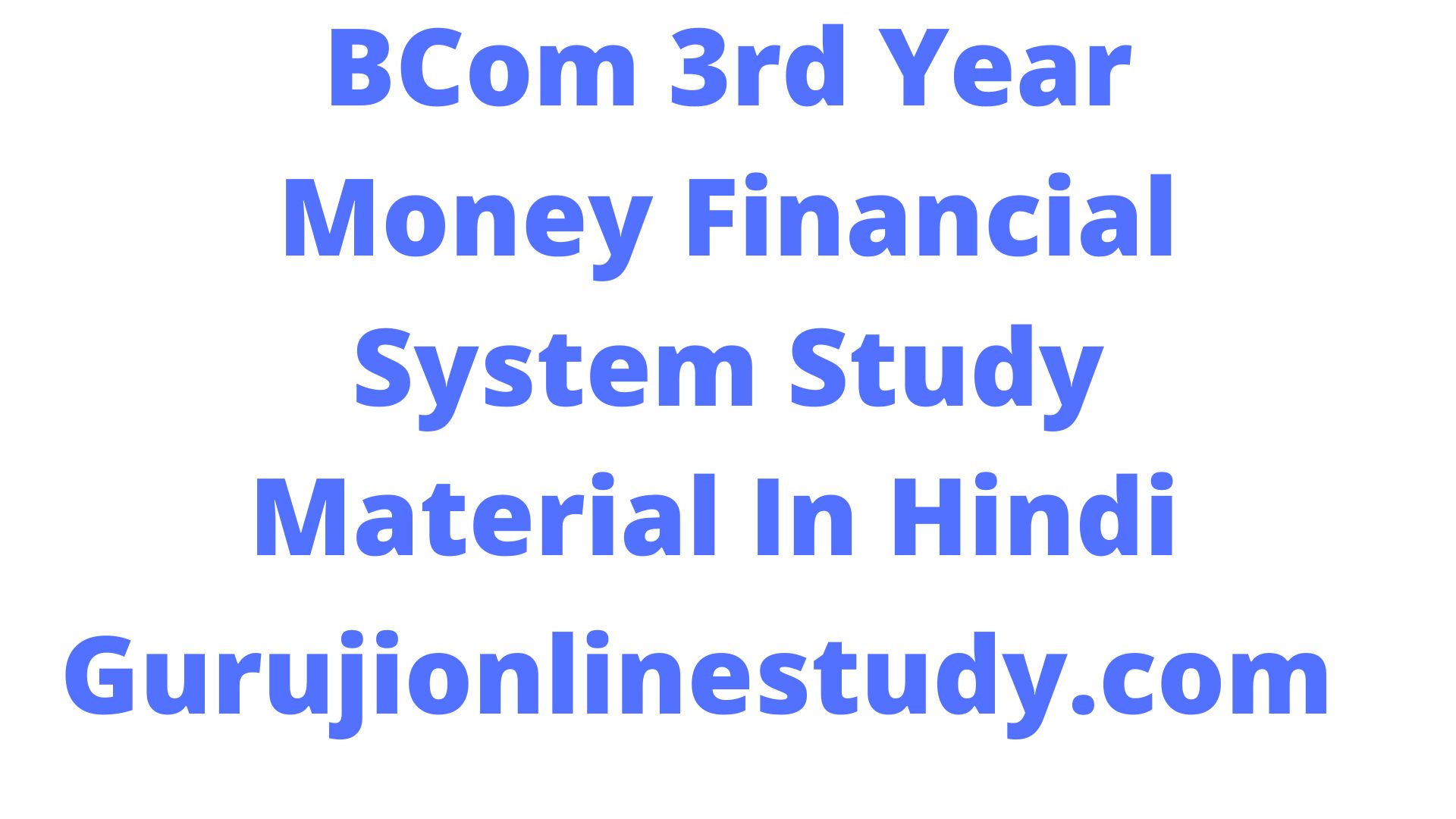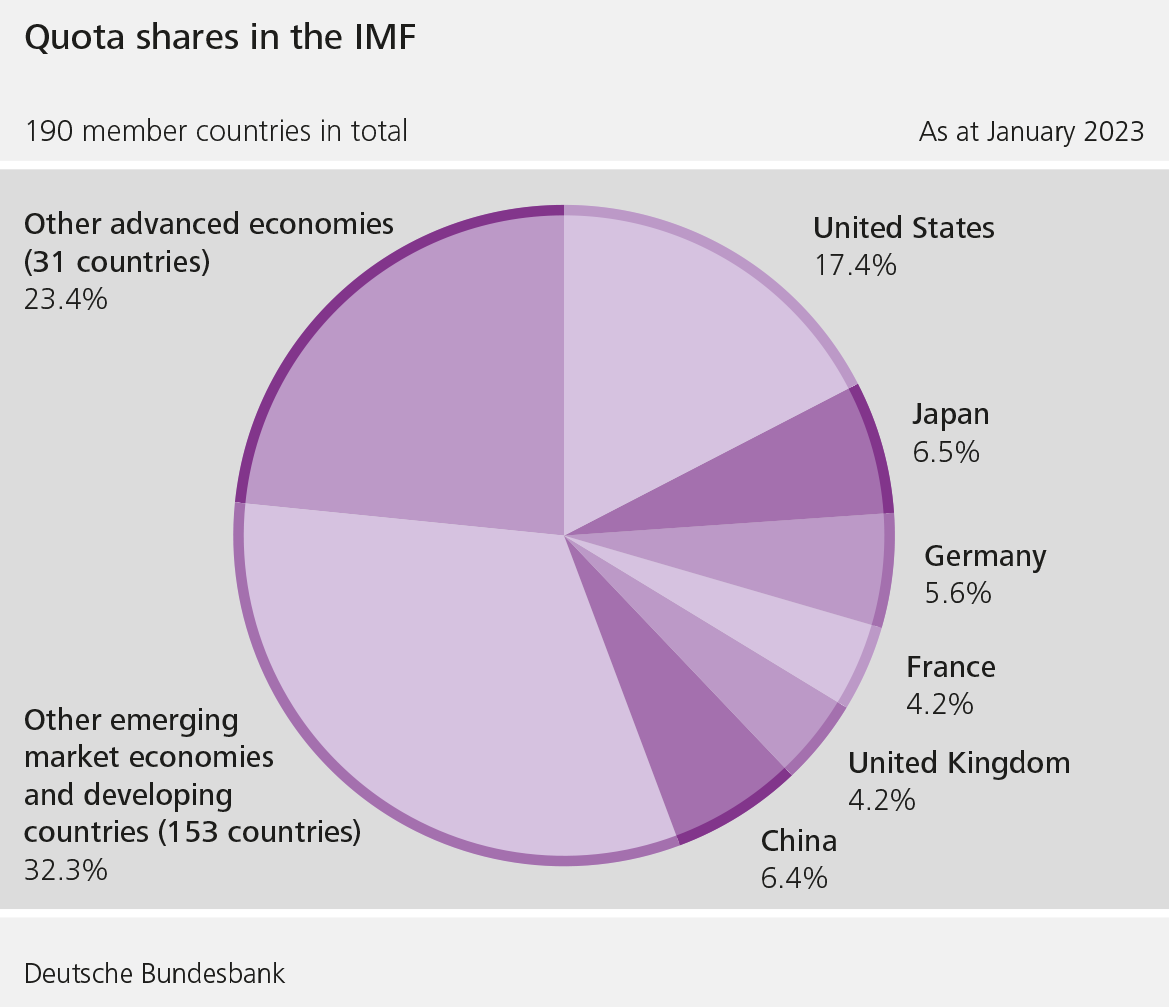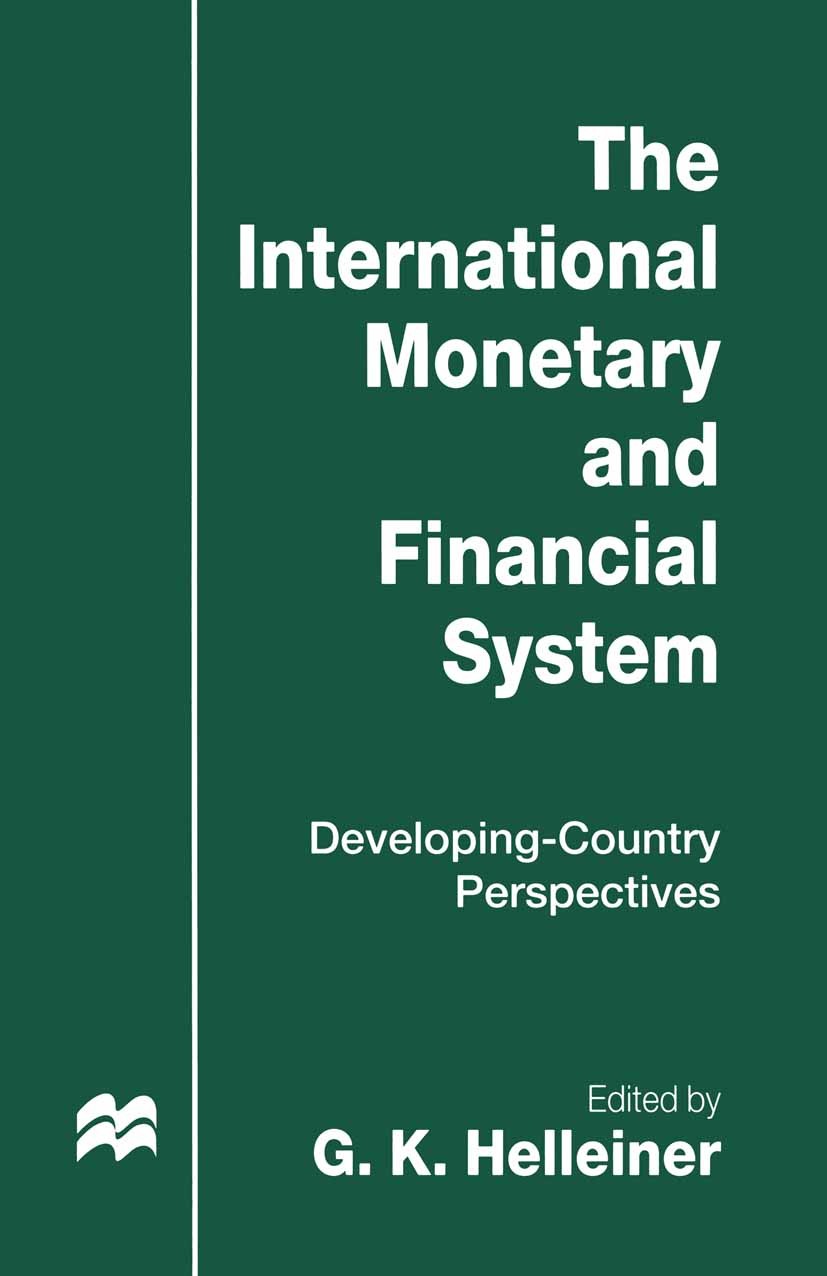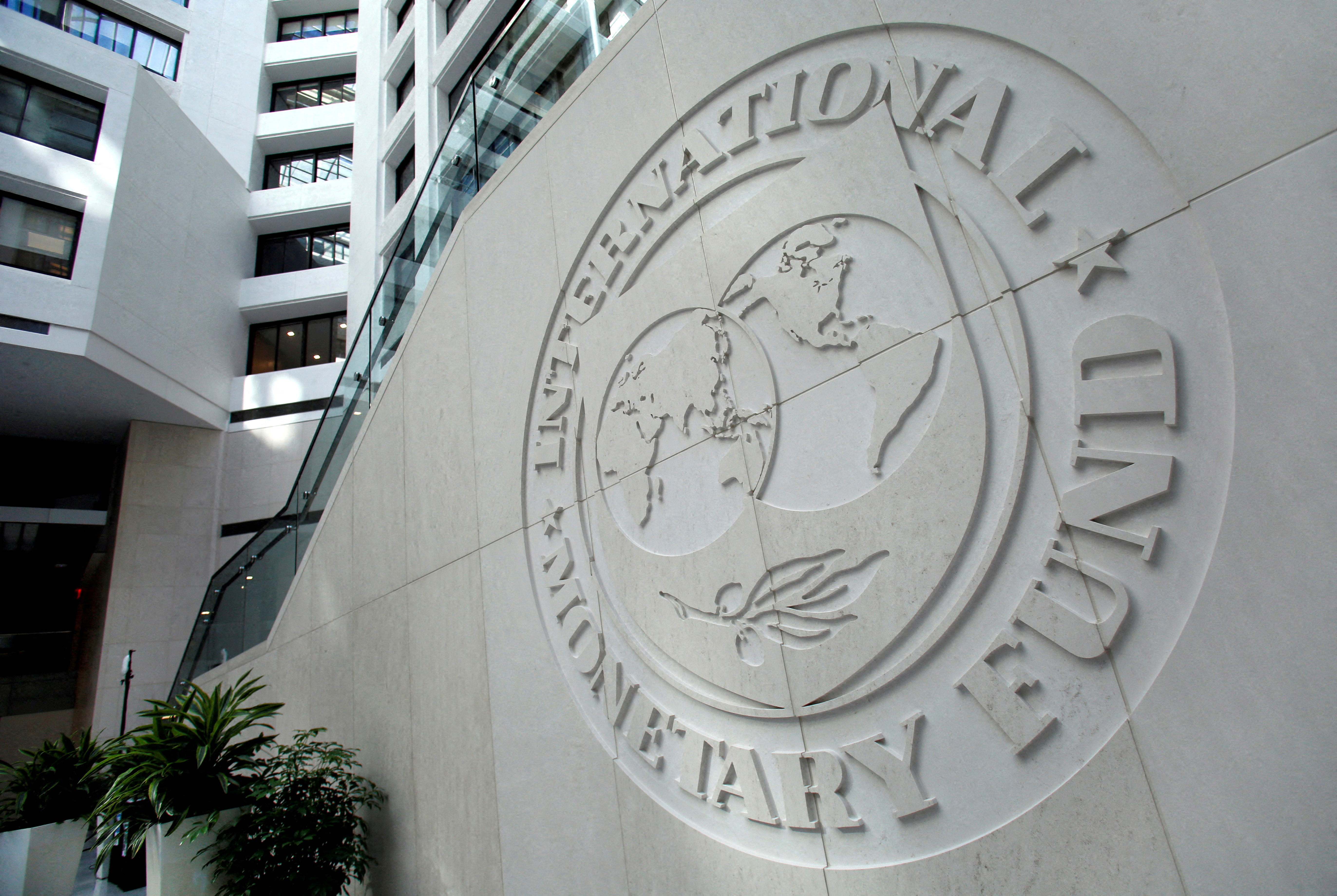The international monetary and financial environment refers to the global economic system that shapes how countries conduct their monetary and financial policies, as well as how they interact with one another. This system is complex and constantly evolving, with a variety of factors influencing it, including economic conditions, exchange rates, trade policies, and political developments. Understanding the international monetary and financial environment is important for businesses, governments, and individuals, as it can have a significant impact on financial markets, trade, and economic growth.
One key aspect of the international monetary and financial environment is the exchange rate system, which determines the value of one currency in relation to another. Most countries have a floating exchange rate system, meaning that the value of their currency is determined by supply and demand in the foreign exchange market. However, some countries have fixed exchange rates, where the value of their currency is pegged to the value of another currency or a basket of currencies. Exchange rates can have a significant impact on trade, as they can affect the competitiveness of a country's exports and imports.
Another important factor in the international monetary and financial environment is the role of central banks, which are responsible for implementing monetary policy in their respective countries. Central banks can use various tools to influence the supply of money and credit, such as setting interest rates, buying and selling government securities, and providing loans to banks. Central banks also play a key role in maintaining financial stability by ensuring that the financial system is functioning properly and that there is sufficient liquidity in the markets.
Trade policies also play a major role in the international monetary and financial environment. Countries can use trade policies to promote or protect domestic industries, and these policies can have a significant impact on the global economy. For example, tariffs and other trade barriers can reduce the flow of goods and services between countries, leading to slower economic growth and increased prices for consumers. On the other hand, free trade agreements can facilitate trade between countries and promote economic growth.
Political developments can also have a significant impact on the international monetary and financial environment. For example, changes in government policies or economic reforms can affect a country's economic outlook, which in turn can impact financial markets and trade. Political instability or conflict can also disrupt economic activity and affect the stability of the financial system.
In conclusion, the international monetary and financial environment is a complex and constantly evolving system that shapes how countries conduct their monetary and financial policies, interact with one another, and trade. Understanding this system is important for businesses, governments, and individuals, as it can have a significant impact on financial markets, trade, and economic growth.







